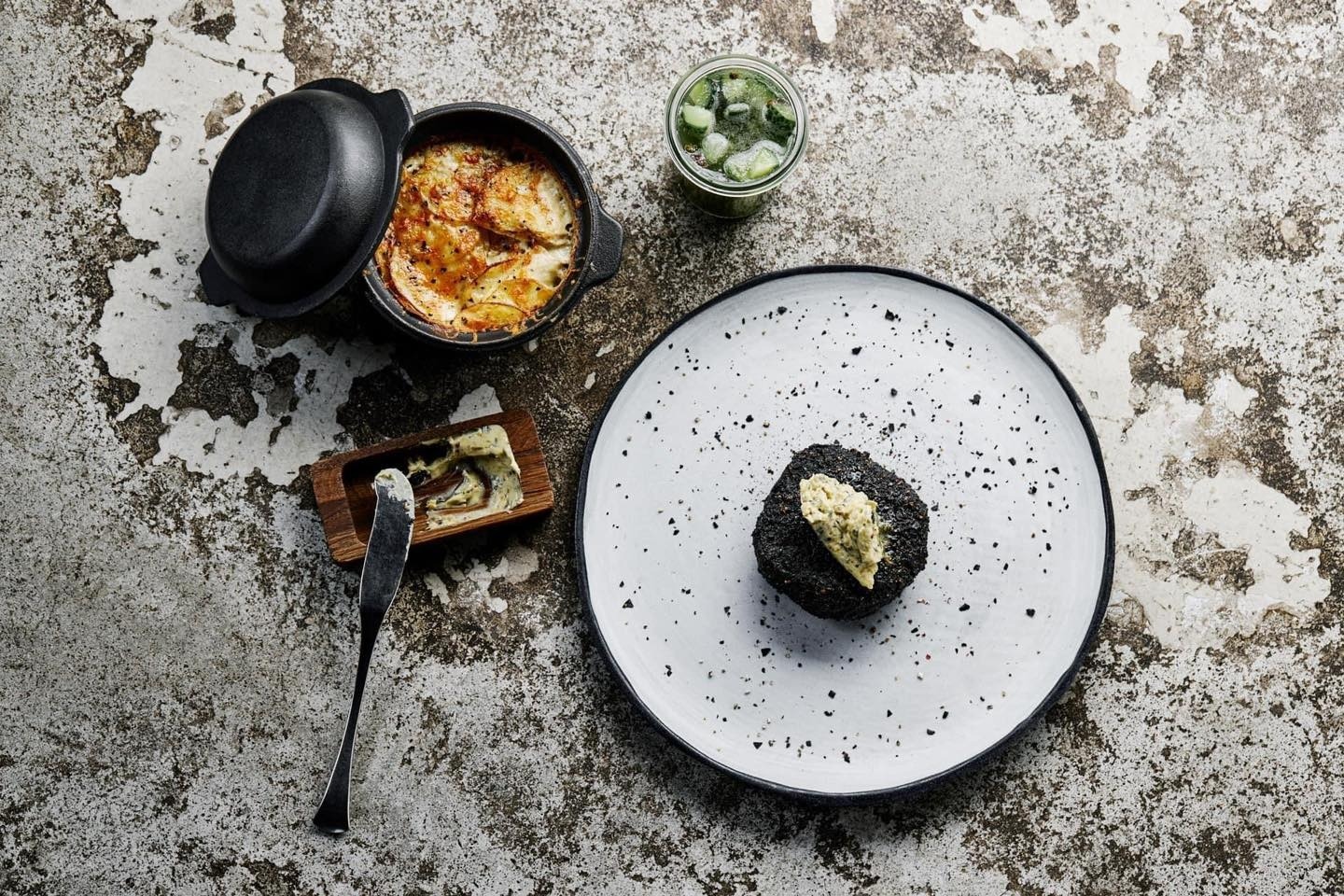Tablein Hits 5 Million Guests in Lithuania: Who Are the Typical Diners?
Created in Kaunas and widely used in various countries worldwide, Tablein reservation system in Lithuania has seated over 5 million restaurant guests. This volume has also generated interesting trend statistics, offering valuable insights into typical diner profile. So, who are the frequent visitors to the country's restaurants, and what characteristics do they have? Reservation experts not only reveal this data but also provide tips on how to get your food faster during peak hours.
Guests prioritize table reservations
In recent years, there has been a significant trend toward making reservations. Lithuanians are increasingly planning their time and booking tables at restaurants, especially the top ones, in advance. A great example is Tablein 5 million guest milestone reached just a few days ago, which has already grown by nearly 50,000.
No surprise reservations are becoming more popular, as they guarantee visitors a spot at their desired restaurant on a specific day and time. This growing demand from guests is also changing reservation policies at restaurants.
"Recently, we have noticed a significant rise in restaurant interest regarding the Tablein system. The key argument is the ability to be accessible 24/7. Additionally, not only restaurants in major Lithuanian cities but also those in smaller towns like Prienai, Birštonas, and Šilalė are now offering online reservation options to their guests," said Eglė, Tablein customer success manager.
Lithuanians tend to dine out in small groups
According to Tablein, tables in Vilnius and Kaunas restaurants are most commonly reserved for 2-4 people. In Klaipėda, this number is slightly higher, with visits by 3-5 guests. This data confirms that Lithuanians usually visit restaurants in small groups.

Another trend observed is that people prefer fresh experiences, frequently trying new places with each visit. Over time, these experiments allow individuals to find their favourite spots, leading to the formation of loyal guest groups. In most restaurants, every 3rd or 4th customer is a returning one.
Seasonality also influences Lithuanian dining habits. Larger groups tend to dine out in December, while smaller groups most frequently visit restaurants in March, May, and June. The fewest guests are observed in January and April.
Guest demographics: from Lithuanians to Americans, Scandinavians, and Romanians
Statistically, the majority of guests in Lithuania's restaurants are Lithuanians. However, with the increasing number of tourists, business travellers, and expatriates, the geographical profile of diners is also changing.

"After Lithuanians, the most frequent restaurant visitors come from the UK and the USA. The top ten also include guests from Romania, Germany, Latvia, Malta, Sweden, Finland, and Norway," said representatives from Tablein.
Due to the growing number of foreign visitors, most places now offer menus in both Lithuanian and English.
Tablein tip for getting restaurant food faster
According to Tablein statistics, the most popular reservation times in Lithuanian restaurants are 12:00 & 13:00 for lunch and 18:00 & 19:00 for dinner. During these peak hours, guests may experience slower service followed by longer waits for food. However, reservation experts have a tip to help diners avoid these inconveniences, even during the busiest times.
"If possible, be slightly more flexible with your reservation time," advises a Tablein customer success manager. "When all guests arrive at the same time, it takes longer for waiters to take orders at each table, and the kitchen team struggles to manage their workload. For this reason, the Tablein system has created a smart control of visitor numbers over a given period. So, if you want more attention and a better overall experience during peak hours, consider booking your table not at the usual 18:00 or 19:00, but, for example, at 18:45 or 19:30".
Lithuanians take restaurant reservations responsibly
Plans can change, and sometimes it is necessary to adjust the timing of a restaurant visit or even cancel a reservation. Whatever situation may be, Lithuanians handle this responsibly. "Observing client habits, we have noticed a significant decrease in people who fail to inform restaurants of changes and simply do not show up. In case of a change, visitors feel responsible for cancelling their reservations, which frees up space for others.

Statistically, about 18% of reservations are cancelled when plans change. Meanwhile, around 3% of guests fail to show up without prior notice, typically those who made their reservations by phone. Although 3% might not seem high, from 5 million reservations, this amounts to approximately 150,000, which is substantial.
As a result, Lithuanian restaurants are increasingly adopting practices common abroad. For example, some now charge a reservation fee deducted from the total dinner bill. Others require credit card details to guarantee the reservation, applying fees for no-shows or cancellations. These measures are popular during peak hours on Fridays and Saturdays as well as throughout the day in small busy restaurants across Lithuania. They not only significantly reduce the number of no-shows but also offer guests greater confidence in their reservations," said a Tablein representative.
Tablein: a space for genuine, unbiased reviews
Word-of-mouth recommendations are highly effective, and Tablein’s practices perfectly exemplify this. "Lithuanians often choose restaurants based on reviews. Unfortunately, the internet is full of fake and misleading anonymous comments, which can be unreliable. To address this issue, we created a transparent platform for authentic guest experiences. Our closed system only allows reviews from those who have not only booked a table through Tablein but also actually visited the restaurant. These comments are trustworthy and help diners choose the most suitable restaurant for their occasion," explained the reservation expert.
She also noted that focus on review transparency led Tablein to create the Tablein Diners' Awards, which annually announces the best guest-rated restaurants since 2019. These results are trusted more than the opinions of potentially biased culinary experts, as they reflect genuine visitor experiences. Restaurants also greatly appreciate such guest feedback, as it helps them better understand their clients' needs.
Share this
You May Also Like
These Related Stories

Another Global Recognition: Falstaff In Lithuania Lists 75 Restaurants

Noble Gastronomy: Restaurants at Lithuania's Manors
